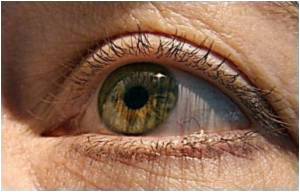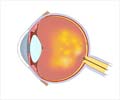Australian researchers have developed a new technique called dim light vision test to detect age-related macular degeneration (AMD), a leading cause of blindness in their country.

During a two-year research project, eye specialist Dr Beatrix Feigl from the Institute of Health and Biomedical Innovation (IHBI) at the Queensland University of Technology (QUT) used a "dim light vision" test which was very sensitive to early changes in a person's vision.
"We can detect subclinical visual impairment in healthy participants genetically at risk for AMD," she said.
"In the future we hope this test might be utilised by ophthalmologists and optometrists to identify patients with a high genetic risk of developing AMD but without any clinical signs of the disease. This would enable specialists to advise patients on lifestyle changes which may delay disease onset and reduce its severity."
Dr Feigl said that genetic pre-disposition accounted for around half the cases of AMD. However, lifestyle risk factors for AMD, which could be controlled by a patient, included poor diet, lack of exercise and smoking.
"We know that lifestyle changes can decrease a person's chance of getting worse forms of the disease," she said.
Advertisement
"One in seven Australians over 50 is affected by this disease," Dr Feigl said.
Advertisement
"We will follow them up and see if their vision deteriorates over time," she said.
It is hoped that this second stage of the research will prove that the subclinical vision impairment has been an accurate predictor of AMD.
Dr Feigl said that people could currently be gene tested, and lifestyle risk factors could be analysed. However, neither of these predictors alone was entirely prognostic. A clinical vision test was needed to allow a rigorous assessment of the role of both genes and lifestyle on AMD development.
Source-Medindia









